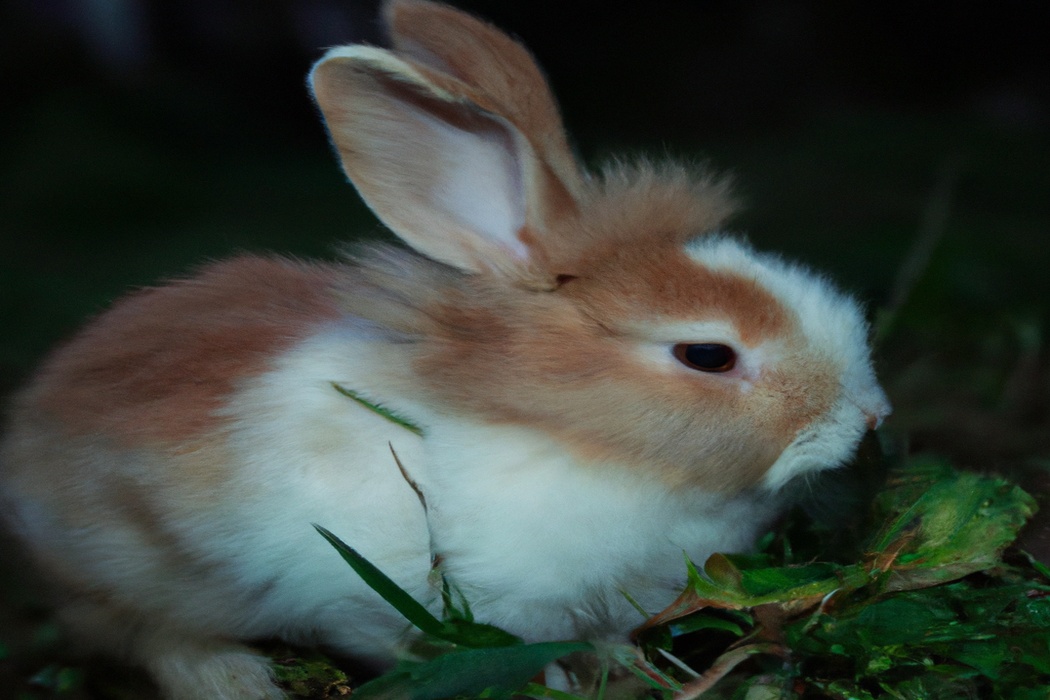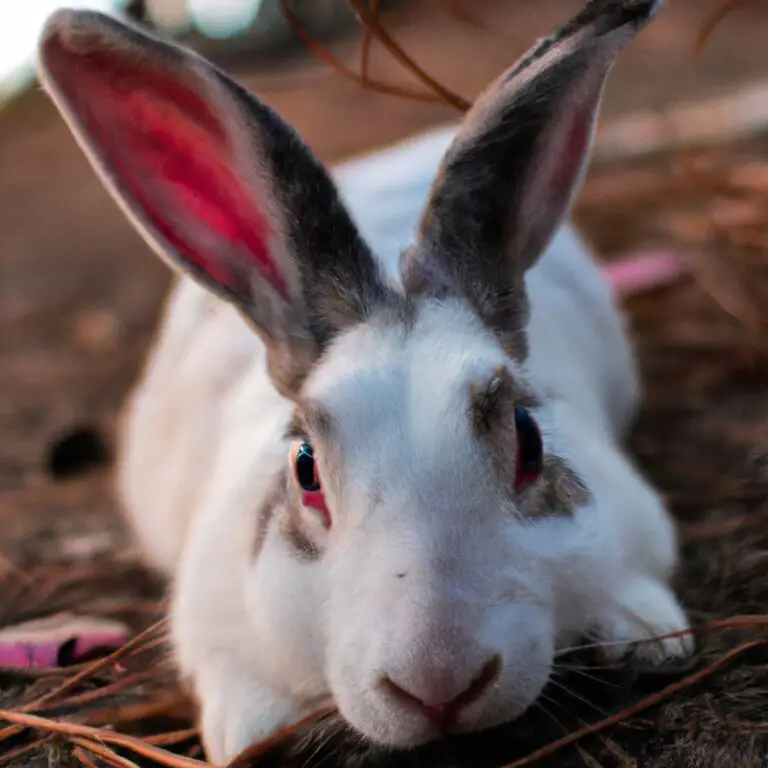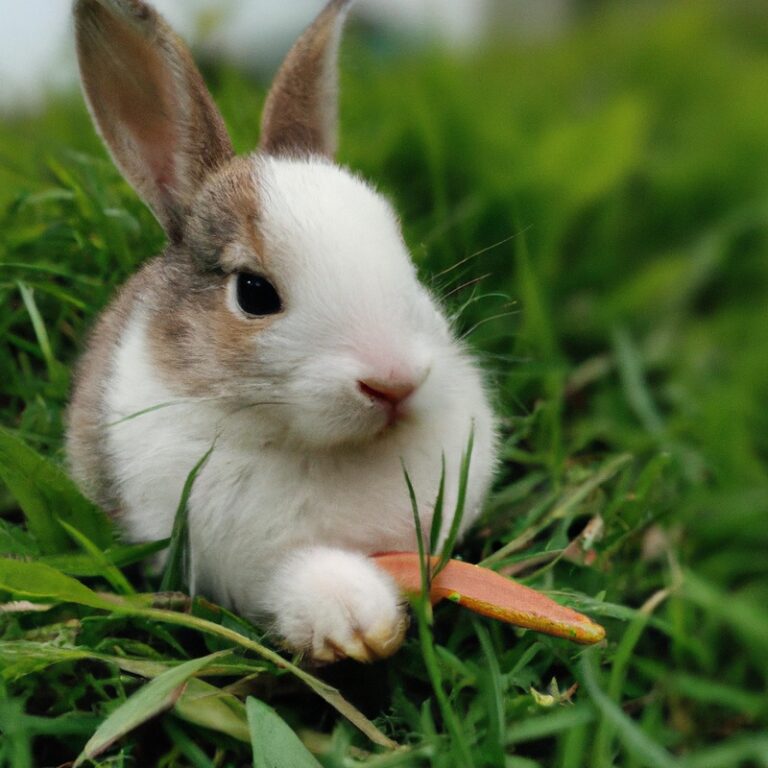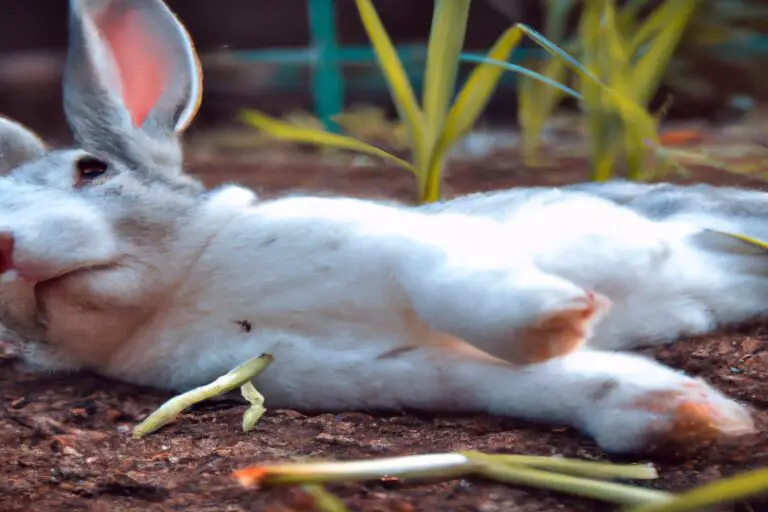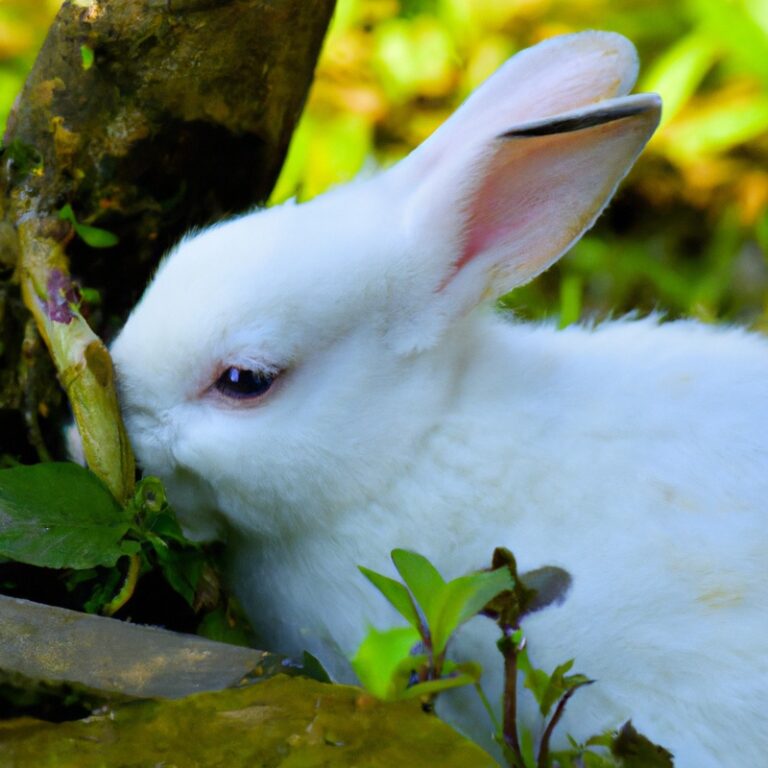Will Plants Grow Back After Rabbit Damage? Nature’s Resilience
Key Takeaways:
- Plants have the ability to regrow and recover after being damaged by rabbits.
- The extent of the damage and the resilience of the plant species are crucial factors in determining if the plants will grow back.
- Proper protection and maintenance measures, such as fencing or repellents, can help prevent rabbit damage and improve the chances of plant regrowth.
- Timely intervention and providing optimal growing conditions will further support the plant’s ability to grow back after rabbit damage.
Do you find yourself staring at your once vibrant garden, now ravaged by those pesky rabbits?
It’s maddening, isn’t it?
But fear not, my friend, because I am here to shed some light on the situation.
In this article, we will explore the fascinating world of rabbit damage to plants and answer the burning question: will your plants grow back after such devastation?
We’ll dive into their sneaky methods of destruction, explore the signs of rabbit damage, and uncover the secrets behind promoting plant recovery.
So, grab a cup of tea and prepare to embark on a journey of plant regeneration!
| Yes, plants can grow back | No, plants may not grow back | |
| 1. Type of plant | Certain plant species have the ability to regenerate and grow back even after severe rabbit damage. | Some plants may struggle to recover from extensive rabbit damage, especially if the root system is significantly affected. |
| 2. Severity of damage | If the rabbit damage is minimal or low, plants have a better chance of recovery. | If the rabbit damage is extensive or severe, it can hinder the plant’s ability to grow back. |
| 3. Protection measures | Implementing protective measures, such as using fences, repellents, or netting, can increase the chances of plants regrowing. | Without appropriate protective measures, plants may continue to be vulnerable to rabbit damage and struggle to grow back. |
| 4. Plant health and condition | Healthy and well-established plants are more likely to recover from rabbit damage. | Weak or already stressed plants may struggle to recover and grow back. |
Understanding Rabbit Damage to Plants
Rabbits can cause significant damage to plants in various ways.
How rabbits cause damage to plants
Rabbits cause damage to plants by nibbling on the stems, leaves, and flowers.
They have a particular fondness for tender shoots and young plants.
Their feeding can stunt the growth of plants or even kill them.
In addition to direct feeding, rabbits can also cause damage through their digging behavior, which can uproot plants or disturb their root systems.
If not addressed, rabbit damage can significantly impact the health and appearance of your plants.
Common signs of rabbit damage to plants
Common signs of rabbit damage to plants include chewed or missing foliage, stems, and bark.
Rabbits have a distinctive way of eating plant material, leaving behind clean, angled cuts.
Their teeth marks are often visible on damaged areas.
You may also find droppings near affected plants.
Trampled or disturbed soil around plants can be another indication of rabbit activity.
If you notice these signs, it’s likely that rabbits are responsible for the damage to your plants.
Assessing the Extent of Damage
To assess the extent of rabbit damage, check for plant recovery potential and determine if the plants will grow back.
Checking for plant recovery potential after rabbit damage
To check for plant recovery potential after rabbit damage, closely examine the extent of the damage. Look for signs of regrowth, such as new shoots or leaves.
Assess the overall health of the plant and whether it is still capable of photosynthesis.
Keep an eye out for any secondary effects, such as disease or pests, that may hinder recovery. If the damage is severe and the plant is struggling to recover, consider providing extra care, such as fertilization or protection from further rabbit damage.
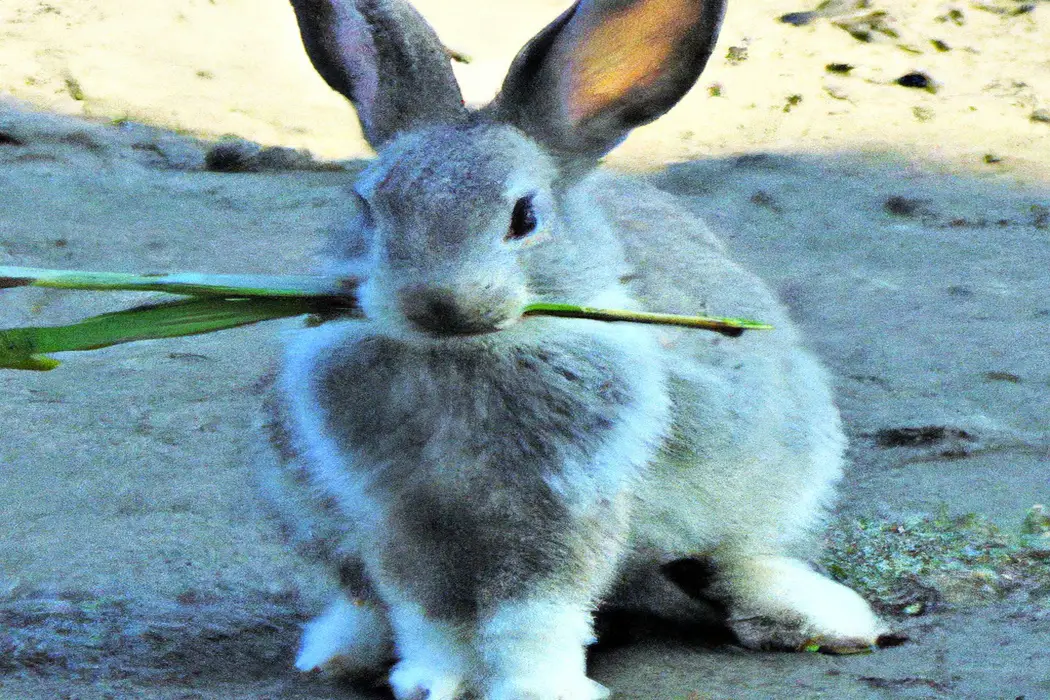
Determining if the plants will grow back
Determining if the plants will grow back after being damaged by rabbits can depend on a few factors. Firstly, the severity of the damage plays a role.
If the plants are only partially eaten or nibbled, they have a better chance of regrowing.
Secondly, the type of plant also matters. Some plants have a higher resilience and can recover more easily.
Lastly, providing proper care and maintenance, such as watering and fertilizing, can greatly enhance the plants’ ability to bounce back.
It’s important to monitor the plants carefully and give them time to recover before making any conclusions.
Promoting Plant Recovery
To promote plant recovery after rabbit damage, there are several steps you can take. Additionally, it’s important to provide adequate protection for your plants to prevent future rabbit damage.
Steps to assist plants in regrowing after rabbit damage
To assist plants in regrowing after rabbit damage, you can take a few simple steps:
- Remove any damaged plant material carefully to prevent further harm.
- Provide protection for the plants by using wire or mesh barriers to keep rabbits away.
- Ensure that the plants receive proper care, including regular watering, fertilizing, and pruning.
- Consider planting rabbit-resistant species or using repellents to deter rabbits from coming near.
- Monitor the plants closely for any signs of new damage and take prompt action if necessary.
Remember, taking these steps will help promote the regrowth and recovery of your plants after rabbit damage.
Providing adequate protection for plants against future rabbit damage
To provide adequate protection for plants against future rabbit damage, there are a few effective measures you can take.
- Install a physical barrier: Use fencing that extends at least a foot underground to prevent rabbits from burrowing under it. Ensure the fence is tall enough to deter them from jumping over.
- Create a distraction: Plant rabbit-resistant species nearby to divert their attention from your valuable plants. This can include aromatic herbs like lavender or thyme.
- Implement deterrents: Spread organic repellents, such as garlic or hot pepper-based sprays, around your plants to discourage rabbits from coming near.
- Maintain a tidy garden: Remove excess vegetation, fallen fruits, and overgrown areas that provide hiding spots for rabbits. This reduces their attraction to your garden in the first place.
Remember, a combination of these protective measures can help ensure your plants stay safe from future rabbit damage.
Plant Species that Can Recover from Rabbit Damage
Some plant species have the ability to recover from rabbit damage and regrow.
Resilient plant species that can grow back after rabbit damage
There are several resilient plant species that can grow back after rabbit damage.
Some examples include:
- Native grasses: Species like Kentucky bluegrass and buffalo grass have strong regrowth capabilities and can bounce back quickly after being grazed by rabbits.
- Perennials: Plants like coneflowers, black-eyed Susans, and daylilies have strong root systems that allow them to recover from damage caused by rabbits. They may lose some foliage, but with proper care, they can regrow.
- Shrubs: Species like butterfly bush, potentilla, and viburnum are known for their resilience and can recover from rabbit damage by regrowing new leaves and branches.
- Woody plants: Trees and shrubs such as dogwood, maple, and willow have the ability to regenerate when damaged by rabbits. Pruning affected branches and providing proper care can aid in their recovery.
Keep in mind that the recovery of plants will depend on various factors like the severity of the damage, the health of the plant, and the care provided.
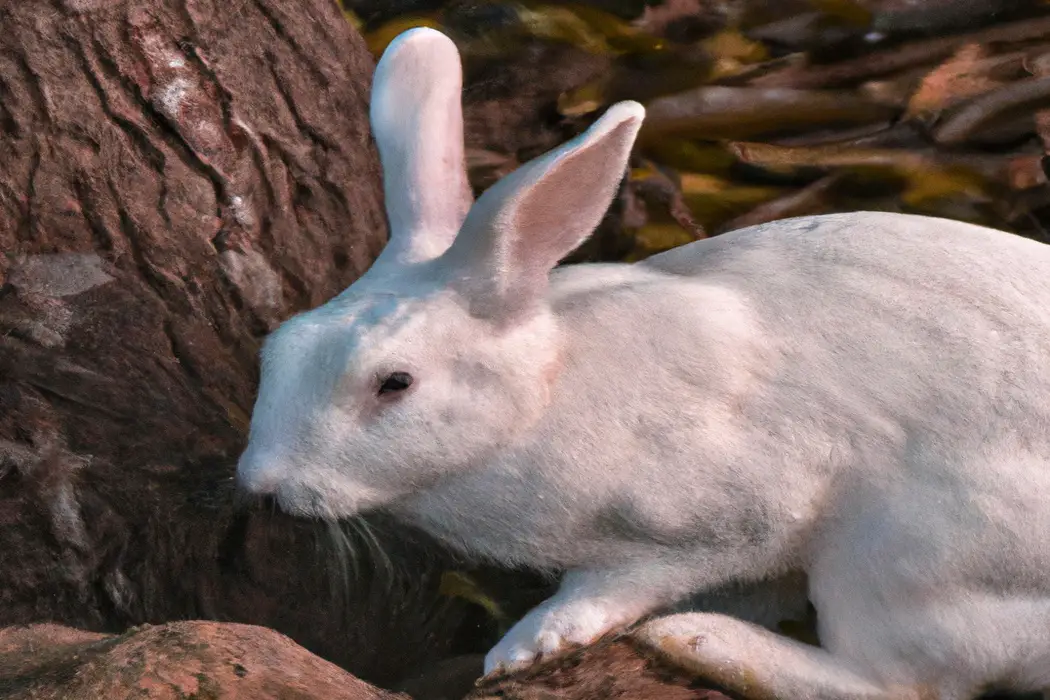
Tips for selecting rabbit-resistant plants
When selecting plants that are resistant to rabbits, keep these tips in mind:
- Choose plants with strong scents: Rabbits rely on their sense of smell to find food. Select plants with strong aromas, such as lavender, rosemary, or sage, as these scents can deter them.
- Opt for prickly or thorny plants: Rabbits dislike plants with thorns or prickles. Incorporate plants like roses, holly, or cacti into your garden to discourage rabbit damage.
- Include plants with tough foliage: Plants with tough and leathery leaves are less appealing to rabbits. Consider incorporating plants like yucca, agave, or bamboo, as their foliage is less likely to be nibbled on.
- Use barriers or fences: To further protect your plants from rabbits, install fences or barriers around your garden. These physical barriers can deter rabbits from reaching your plants in the first place.
By selecting plants with strong scents, prickly or thorny foliage, and tough leaves, and by implementing physical barriers, you can help prevent rabbit damage to your garden.
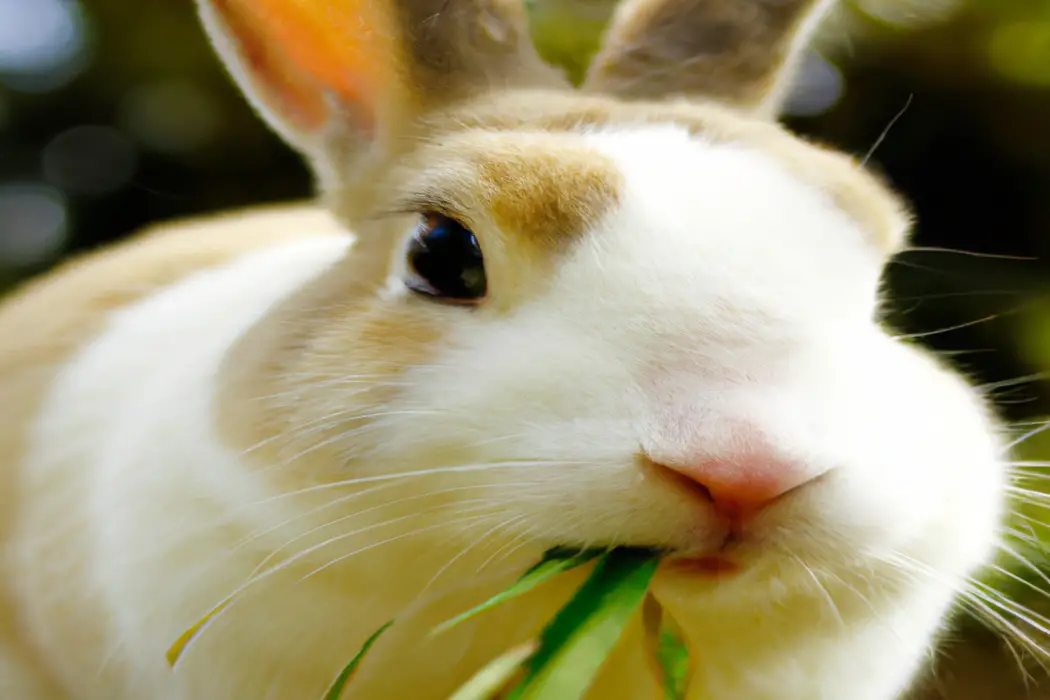
Frequently Asked Questions
Will damaged plants recover on their own without intervention?
Yes, damaged plants have the ability to recover on their own without intervention. Plants have a remarkable ability to heal themselves from various forms of damage, including those caused by rabbits.
With time and proper conditions, they can regrow and repair themselves.
However, the extent of their recovery may depend on the severity of the damage and the plant’s overall health. Providing the necessary care and protection can help enhance their recovery process.
How long does it take for plants to regrow after rabbit damage?
Plants can start regrowing after rabbit damage within a few weeks to a couple of months, depending on the extent of the damage and the type of plant.
Small plants and those with shallow root systems tend to recover more quickly, while larger or more established plants may take longer.
Providing proper care, such as watering and fertilizing, can help speed up the regrowth process.
Trimming any damaged or dead foliage can also encourage new growth.
Patience and consistent care are key when waiting for plants to regrow after rabbit damage.
Is there anything I can do to prevent rabbits from damaging my plants?
There are a few steps you can take to prevent rabbits from damaging your plants:
- Fence them out: Installing a fence around your garden area can help keep rabbits away. Make sure the fence is buried at least 6 inches underground to prevent them from digging under it.
- Use repellents: There are several rabbit repellents available in the market, such as sprays and granules. These can be applied to plants to discourage rabbits from nibbling on them.
- Remove cover: Rabbits like to hide in tall grass or overgrown areas, so keeping your garden tidy and free from dense vegetation can reduce their attraction to the area.
- Plant rabbit-resistant species: Choose plants that rabbits tend to avoid, such as daffodils, peonies, and lavender. This can help minimize the risk of damage to vulnerable plants.
- Scare tactics: Consider using scare devices, such as motion-activated sprinklers, to startle rabbits and deter them from your garden.
Remember, these methods may not guarantee 100% success, but they can help reduce the likelihood of rabbits damaging your plants.
Final Verdict
While rabbit damage to plants can be disheartening, there is hope for recovery. By understanding how rabbits cause damage, assessing the extent of the damage, promoting plant recovery, and selecting resilient plant species, you can increase the chances of your plants growing back.
It is important to provide the necessary protection and take proactive measures to prevent future rabbit damage.
With proper care and patience, damaged plants can regrow and thrive once again, creating a beautiful and resilient garden.

